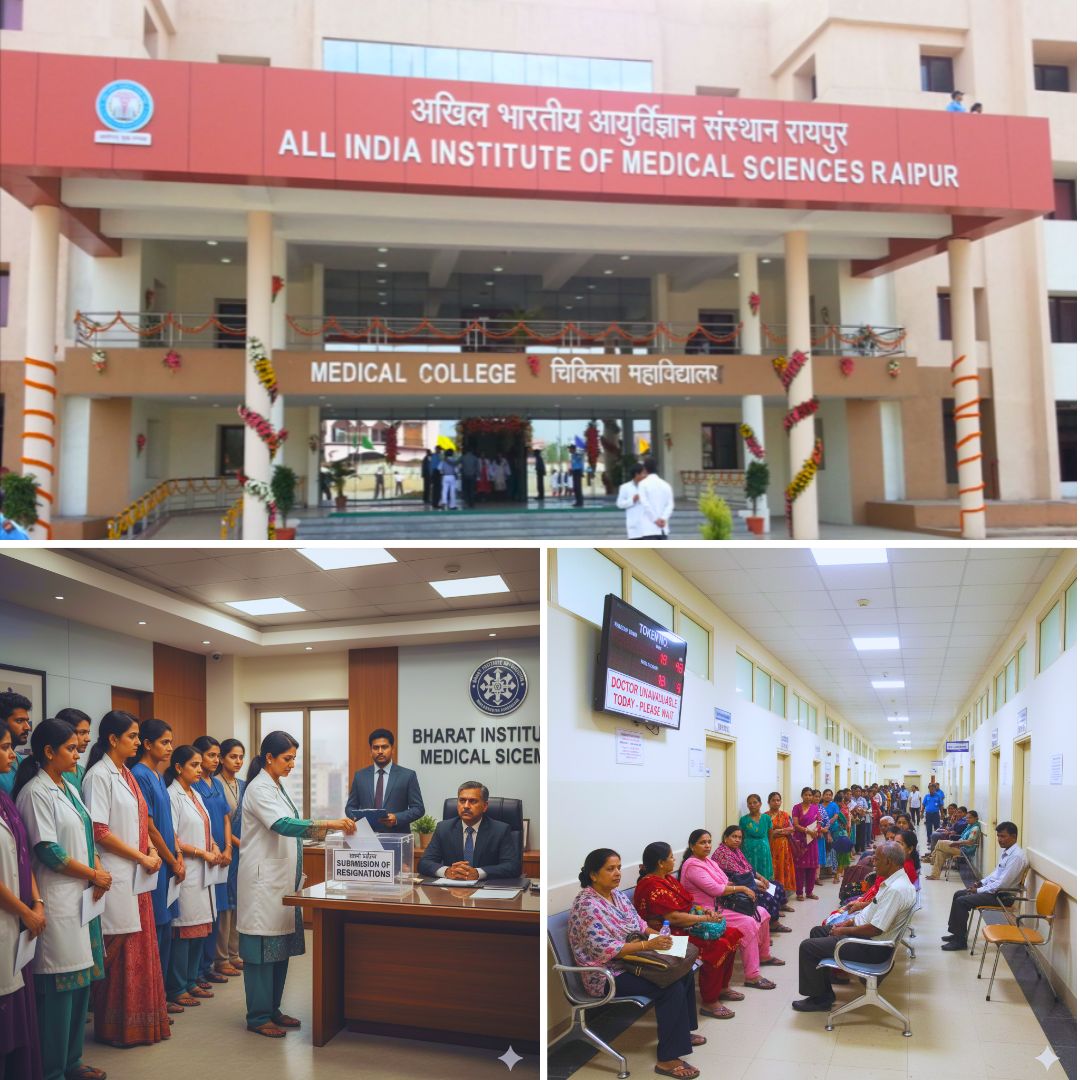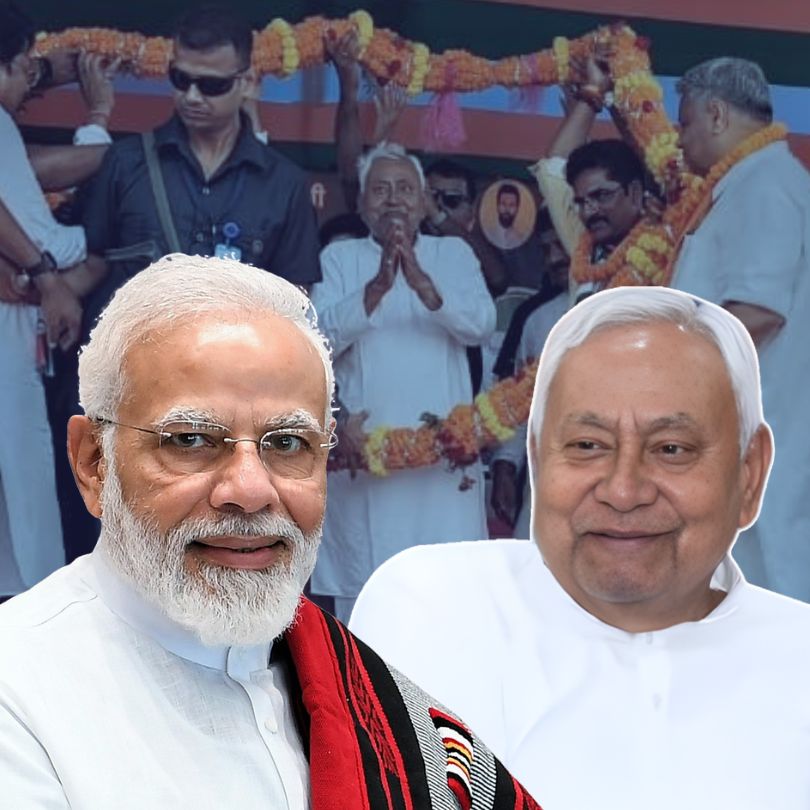The All India Institute of Medical Sciences (AIIMS) Raipur, a leading medical institution in Chhattisgarh, is facing a severe shortage of doctors, with 35 resignations reported in the past three years, according to official data. Nearly 40% of faculty positions remain unfilled, raising alarm over healthcare delivery for lakhs of patients relying on the institute.
Doctors leaving AIIMS Raipur have cited family relocations and more attractive private sector opportunities as key reasons for their departure, although none agreed to speak publicly. State Health Minister Shyam Bihari Jaiswal admitted the seriousness of the situation and highlighted ongoing government efforts, including a 27% salary hike for National Health Mission (NHM) workers and the establishment of a committee to address issues like transfer policy and pay grade revisions.
Challenges Behind the Exodus
Former Health Minister and Congress leader TS Singh Deo pointed to multiple causes behind the resignations, including limited career advancement prospects, higher salaries in private hospitals, and spousal postings leading to transfers out of the state. Singh Deo also stressed the need to combat the negative perception of Chhattisgarh as a Naxal-affected state, which discourages young doctors from joining AIIMS Raipur.
This crisis is compounded by the delayed implementation of transfer policies and unresolved compassionate appointment requests. Healthcare activists warn that if urgent interventions are not implemented, the staffing shortage will worsen, putting the quality of patient care and medical education at risk.
A Nationwide Trend of Resignations Among AIIMS
AIIMS Raipur’s staffing crisis reflects a broader trend among AIIMS institutes nationwide. Between 2022 and 2024, a staggering 429 doctors resigned from 20 AIIMS facilities across India, with Delhi’s AIIMS leading at 52 resignations. Other institutions like AIIMS Rishikesh, Bilaspur, Mangalagiri, and Bhopal have reported significant faculty departures as well. Reasons for this mass movement include heavy workloads, comparatively low salaries, lack of protected research time, and difficulties in attracting specialists to tier-two cities.
Many high-profile doctors leaving AIIMS institutions have opted for private-sector roles offering better pay and career growth. Experts warn that the ongoing attrition threatens the future of public healthcare and the training of upcoming medical professionals across India.
The Logical Indian’s Perspective
The ongoing doctor exodus at AIIMS Raipur underscores a systemic flaw in nurturing and retaining healthcare talent vital for India’s public health infrastructure. When flagship institutions struggle to hold on to doctors, the ripple effects jeopardise patient care, medical education, and community trust.
While government actions such as salary hikes and policy committees show promise, they must be matched with empathetic reforms that genuinely support doctors’ work-life balance, career progression, and dignity in service.
Manipur is a vital pillar of India's progress. Addressing a programme during the launch of development initiatives in Churachandpur. https://t.co/1JENvDXOoE
— Narendra Modi (@narendramodi) September 13, 2025











